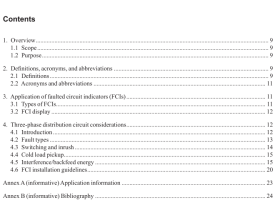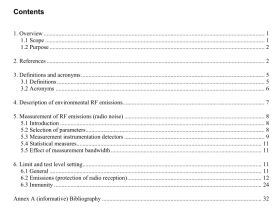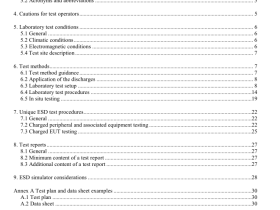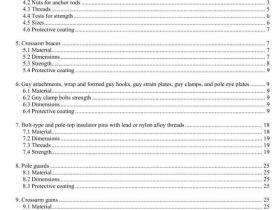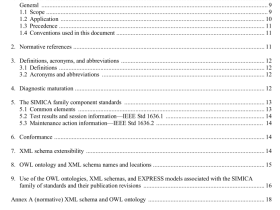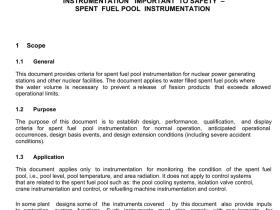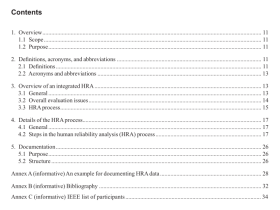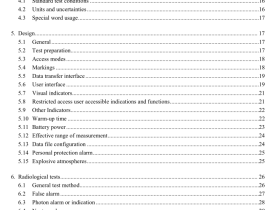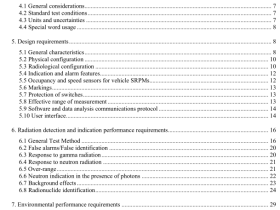IEEE Std 1707 pdf download
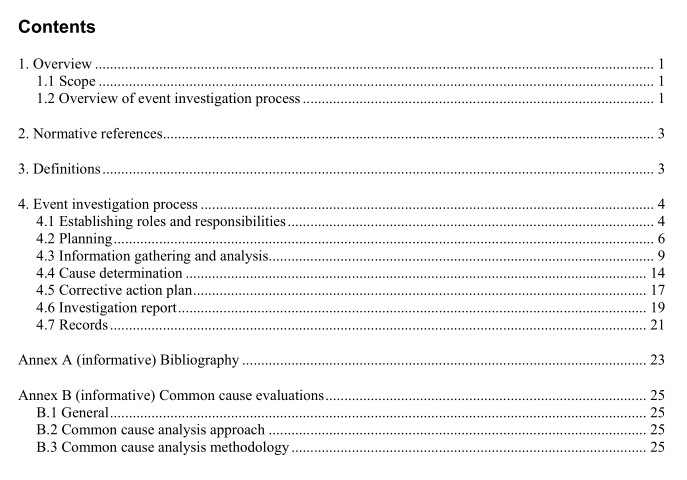
IEEE Std 1707 pdf download IEEE Recommended Practice for the Investigation of Events at Nuclear Facilities
a) Keeping information that has not been validated from being disseminated during investigation.
Care should be taken to keep preliminary findings and information that was not required for thefinal report from being released.
b) Ensuring safeguards information is accessible to only those individuals approved by security.
c)Providing the security requirements for cach analysis (locked file cabinets, password coded files,etc.) via a security agreement OR provide a facility security standard for all investigations.
4.2.3.3 Privileges
Privilege consideration should include the following:
a) The security agreement or standard should provide names or titles of personnel with privileges toaccess the information prior to completion of the final report.
b)A provision for external review privileges and controls while still providing a secure environment
should be in place.
4.3 lnformation gathering and analysis
Success in determining the cause(s) of an event requires obtaining factual information that supportsanalysis to conclusively explain what occurred and why it occurred. The investigation should identify thefactors necessary to explain the nature, the magnitude and timing of each important consequence. Failure todo so will prevent identification of corrective actions capable of precluding recurrence.
4.3.1 Information gathering
The process for information gathering is as follows:
a)Start investigation activities,including interviews,in a timely manner to minimize loss andcorruption of relevant information.
b) ldentify the sequences of occurrences leading up to and including the event as well as post event
occurrences up to and including the point where the situation was stabilized. For each occurrence,identify what should have occurred as well as what did occur.
l) For equipment related occurrences,determine if systems,structures,and componentsperformed as designed.
2) For organizational and programmatic occurrences,determine if behavior or condition was
consistent with management expectations,regulatory expectations,procedures, policies, andthe organization’s espoused safety culture.
c)ldentify the human,situational (e.g.,environmental) or organizational factors that potentially
influenced personnel behaviors and analyze them for relevance to the outcome.
d)ldentify the failure mechanisms involved for equipment failure events.
e)Information gathering should cover a variety of types and sources, such as the following:
l)People:This information type would include personnel directly involved with or witnessing
the event being investigated.Other sources would include subject matter experts andmanagement.
2)Media:Examples of this information type are electronic data, videos, and computer files.3) Documents: The nature of the event being investigated will determine the type of documents
to be used as sources of information. Types of documents to be considered as sources couldinclude printouts,logbooks,procedures,work packages,radiological surveys,schematics,design change packages,task qualification records,vendor manuals,operating experiencereports, pre-job briefs, job hazard analysis, job task analysis, and internal and external reports.
4)Materials: Physical evidence is an important source of investigation information.This type ofinformation could include components,fluid samples,residue,debris,and other physicalmaterials.
5)Area conditions: The environmental and physical conditions of the area in which the eventoccurred may be a key to identifying the cause(s) of the event. Considerations when lookingat the area as a source of investigation information include: area congestion,equipmentlayout, lighting, noise, temperature, and radiological hazards.
6)Plant operational conditions: The plant mode (e.g., full power operations,refueling) and
condition of equipment at the time the event occurs may also provide key information.Information sources of this type include switch and valve positions,labeling,operatingparameters, equipment status, and alarms.
The team should develop a strategy for information gathering and data management that shouldinclude the following:
l) lt is recommended to have central files,one for hard copy data sources and one for electronic
documents. The data can be numbered for reference in the report. Central files will
Facilitate sharing data within the team
Avoid different team members requesting the same informationSupport collaboration
-Ensure the information remains available for referincing in the final report
2) At the start of the investigation the team should create a preliminary list of needed data to be
gathered based on initial available information for the event. Assignments can be made toinvestigation team members to collect the items on the list.
3)The teams should identify any troubleshooting,testing, and external analysis that is needed to
determine causes of the event.For example, at times this data gathering can take extra time,work scheduling or require special resources outside of the investigation team to complete.
4)Information that is discovered during the investigation should be preserved. The team shouldestablish and maintain a chain-of-custody for the evidence,as appropriate,such thataccountability is maintained.
